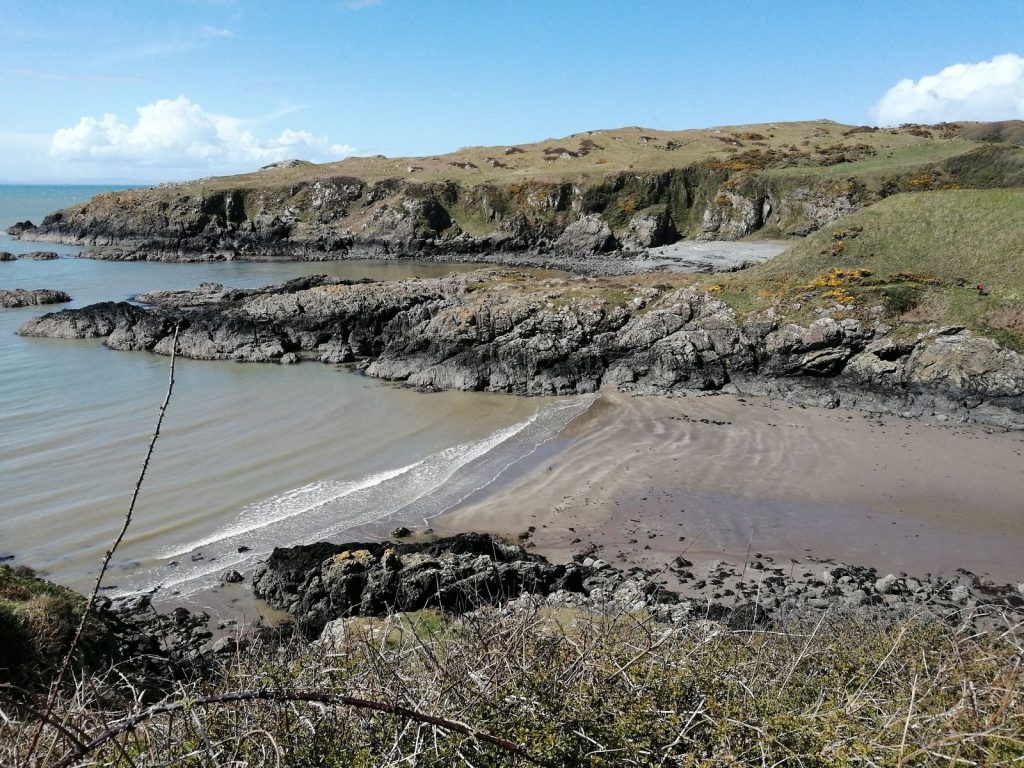Subtidal rock
Status of subtidal rock: Stable with few/no concerns
(Baxter et al, 2011)
Status for benthic habitats: Stable situation since 2012
(United Kingdom Marine Monitoring & Assessment Strategy, n.d)
Subtidal refers to the marine area below the low water mark, meaning that it is constantly underwater. Unlike the intertidal zone (see intertidal rock, sediments and biodiversity) this means that species are not exposed to the atmosphere and don’t dry out in the sun or get exposed to the cold air of the winter. However, as water deepens in the subtidal area light dissipates, impacting the species which can survive in this habitat. Light becomes scarce below 50m with water below the photic zone (up to 200m deep) being without sunlight. The photic zone has sufficient sunlight to allow photosynthesis, however this capacity reduces with depth, therefore shallow areas are most abundant with seaweeds, which dwindle as depth increases, and cannot survive below the photic zone. Below this zone communities are comprised exclusively of animals. The Solway Firth is relatively shallow throughout with depths rarely exceeding 50m, with the most notable exception of Beaufort’s Dyke.
Subtidal rock can include bedrock, boulders or cobbles. The Solway has subtidal rock in the outer firth, with the majority of the Firth being characteristic of other inshore environments around the UK, being predominantly soft sediment. Subtidal rock exposures occur along the north coast of the Solway between Auchencairn Bay and the Mull of Galloway. They also occur along the west coast of the Rhins. Scottish subtidal rock can be explored in the National Marine Plan Interactive, with the specific data layer on subtidal rock available here. The Cumbrian side of the Firth is almost entirely sedimentary and lacks extensive subtidal rock. The composition of the benthic communities is strongly influenced by the strength of the tidal streams and the turbidity of the water. To the west of the Isle of Whithorn communities are richer and dominated by tunicates and sponges, to the east erect bryozoans and hydroids dominate. East of Burrow Head rocky seabed is restricted to a narrow, shallow fringe around the coast. According to the Dumfries and Galloway Local Biodiversity Action Plan (DGLBAP) ‘the rocky seabed to the west of the Isle of Whithorn has the greatest biodiversity’ (Dumfries and Galloway Biodiversity Partnership, 2009). Subtidal bedrock is of extremely limited extent in the inner Solway. The most diverse communities are recorded at Burrow Head and further west, on the Mull of Galloway and the Scares.
Image; Killantringan and Knock Bay. © G. Reid/ Solway Firth Partnership





